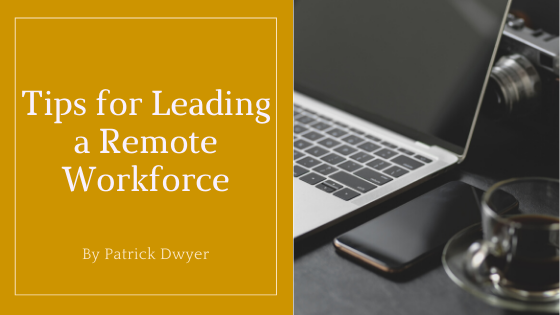With recent developments in the world, many businesses have adopted a fully remote model in order to adapt to the changing demands and requirements established to keep everyone safe. While this is an extreme situation, remote work has become more popular in recent years for a number of reasons including increased flexibility and a broader range of eligible workers. For leaders who are shifting toward a remote model or who have found themselves in the position without much preparation, there are a few things to keep in mind when leading from a distance.
Communication is Key
More than ever, communication is essential when it comes to leading remote workers. You should expect to dedicate time each day (even multiple times each day) to communicating expectations, updates, and more. There is a delicate balance to strike, however, as overcommunication can come across as micromanagement and can result in a lack of trust and a dip in performance. Still, communicating effectively, concisely, and proactively with your remote team will prove beneficial.
Monitor Results, Not Activity
In a physical office setting, leaders may find it easier to monitor how effectively their employees work, but when the team is remote, doing so becomes not only challenging but inefficient. Most individuals find they work differently at home than they do in an office; this may mean they operate better at different hours or they work at a different pace. Because the shift to a remote workforce can be jarring and may require an adjustment period, it is important for leaders to be more focused on what is getting done rather than how or when the work is being completed.
Embrace Flexibility
Whether you are operating remotely as a business decision or your work has been impacted by the pandemic, flexibility is key. Trusting your team to complete their work, communicate when necessary, and express when they are feeling stressed will do wonders for morale and motivation. Traditional schedules will likely not work well for remote workers, and it is leaders’ responsibilities to not only understand this but also to accommodate it. Even if you return to a non-remote model, establishing this sense of flexibility, leniency, and trust will make a positive and lasting impact.
